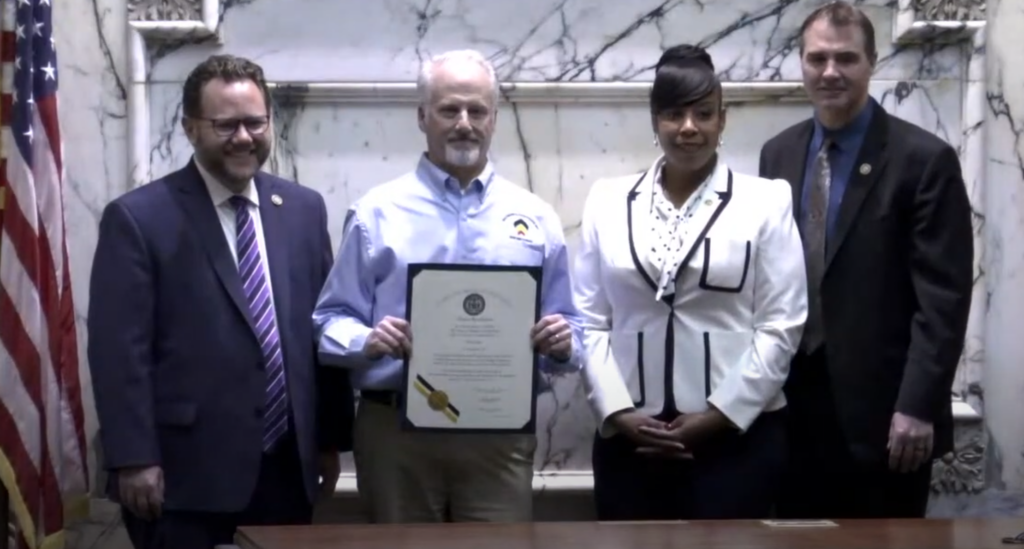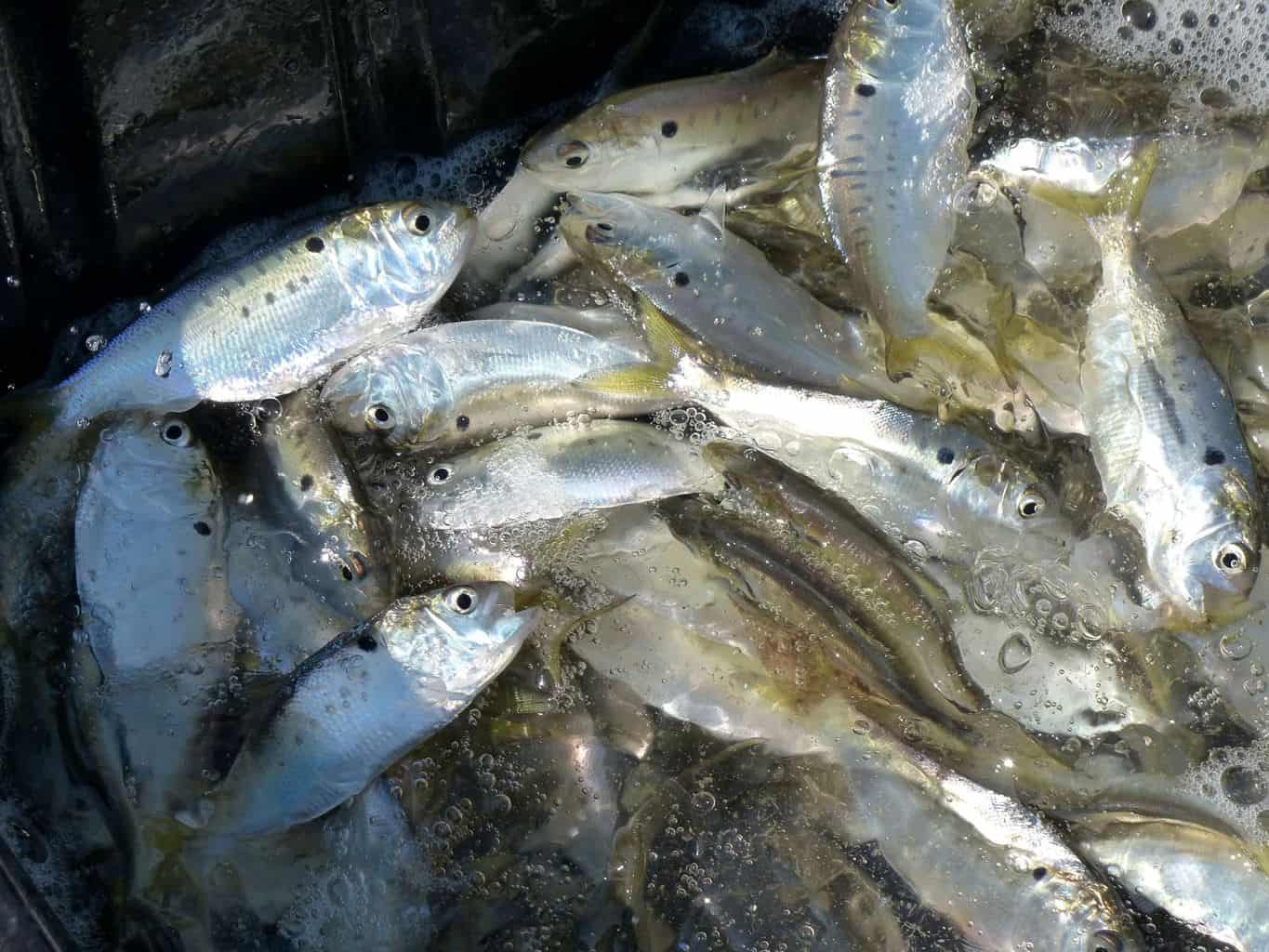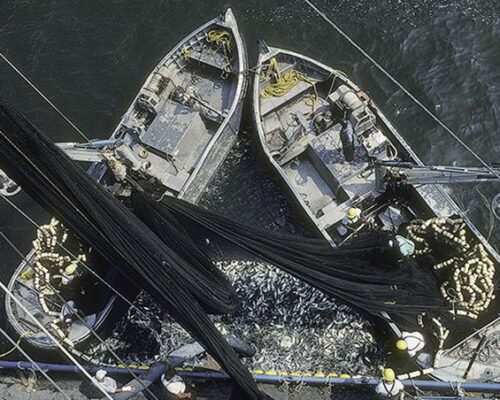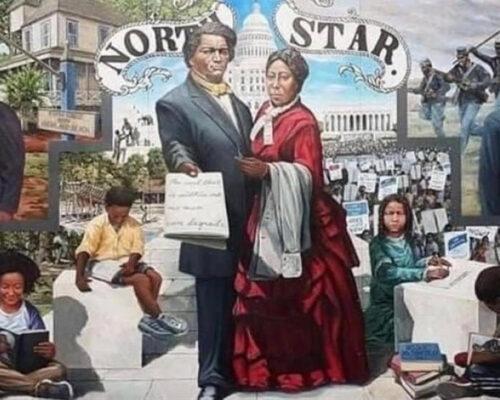Most people on the Bay can remember where they were when they heard that a ship struck the Francis Scott Key Bridge, causing it to crumble into the Patapsco River—It’s one of those moments.
It almost seemed unbelievable…until video of the Port of Baltimore captured the horrifying moments just before, during, and after the collapse. The video, shared and seen countless times, shows the M/V Dali approach the Key bridge upon departure from the Port of Baltimore. Despite it being nighttime, the livestream is surprisingly detailed. You can see the ship’s lights go on and off, signifying an apparent power loss. You can see cars’ headlights as they drive back and forth across the bridge, then suddenly halt, in the crucial seconds when police blocked traffic approaching the crossing. Officers had just enough time to act, limiting what could have been an even larger loss of life in the disaster that killed six construction workers.
Watch the video, with editing and captions by CBM contributor Capt. Bobby LaPin:
After the video shows headlights cease crossing the bridge, you see the shocking sight of the large ship’s allision near the center of the bridge and the bridge spans breaking, then crashing into the dark water below.
How did a camera happen to catch the crash on video at 1:28 a.m.? It was a livestream camera that had been installed less than a year earlier to capture interesting ships coming and going from the port. It can show a handful of different directions from its fixed location, but that night, it happened to be trained right on the bridge. Mike Singer, a regular guy with a shipwatching hobby, installed the camera for his popular Baltimore & Chesapeake Bay Ship Watchers Facebook group, but never imagined it would prove critical in helping the public understand the events of March 26, 2024.
Nearly a year after the disaster, the Maryland Senate and House of Delegates honored Singer, an Anne Arundel County District 31 resident, by presenting him with a Resolution. Sen. Brian Simonaire was the Senate sponsor and the Resolution was presented to Singer by Maryland Delegates LaToya Nkongolo, Nic Kipke, and Brian Chisolm. Nkongolo said, “The footage from Mr. Singer provided immediate and critical insight into the event and was instrumental in investigative efforts. Mr. Singer serves as a powerful reminder of citizen engagement and the profound impact one person can have on history.”
Singer, who has no formal role at the Port of Baltimore, simply liked the idea of being able to watch the comings and goings at the port. He decided to set up a camera, and his wife, Wendy, supported his quest.
“I imagined it watching Tradepoint Atlantic building a new container terminal, (they will!) and watching sunrises, but I could have never imagined it being historically significant,” Singer says, looking back.
But he ran into roadblocks. Singer spent three years looking for places to mount a camera and asking companies for permission, but was turned down every time. Then, he took a chance in asking a friend with a waterfront home that just happens to face the port. His friend Joe Pasko gave him permission, even when it required running cables through his home.
Another shipwatcher, Matt Abbott, enlisted streaming company StreamTime LIVE to own, manage and maintain the camera and footage. “They have a team of people all around the world, literally, that
keep these cameras up and running and streaming live to YouTube 24/7/365.”
Singer can manually operate the camera remotely, and frequently does. For the first several months of its existence, he admits it didn’t have a huge following. In fact, Chesapeake Bay Magazine spotlighted Singer’s camera just two months before the bridge collapse:
The livestream’s viewership was limited to a handful of other shipwatchers… right up until the day of the disaster. He says, “The day before, there were maybe 10 people watching. Maybe 25, if the Pride of Baltimore II came by. That morning, there were 10,000.”
The footage was recorded and shared by individuals and news outlets and spread rapidly. “I probably heard from 15-20 news organizations in the two weeks following the bridge accident,” Singer says.
Since the Key Bridge disaster, Singer has continued to closely follow the cleanup and the bridge rebuilding project, along with the latest developments at the port. He hosts a weekly podcast on YouTube and continues to offer the port live feed (learn more at baltimoreshipwatchers.com).
Reflecting on the honor, Singer tells us, “It’s not something you want to be famous for. I’m attached to that bridge as much as the next Baltimorean… but I feel lucky that I was able to find a place to locate the camera, and that it just happened to be “parked” looking that way, that night.”




